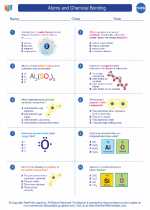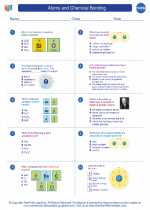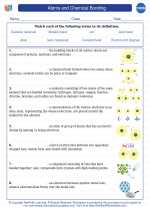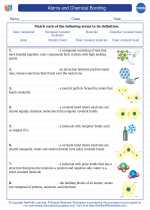Displacement in Chemistry
Displacement in chemistry refers to a reaction in which a more reactive element displaces a less reactive element from its compound. This type of reaction occurs when a more reactive metal or non-metal replaces a less reactive metal or non-metal in a compound. The reactivity of an element is determined by its position in the reactivity series.
Example of Displacement Reaction
An example of a displacement reaction is the reaction between zinc and hydrochloric acid:
Zn(s) + 2HCl(aq) → ZnCl2(aq) + H2(g)
In this reaction, zinc displaces hydrogen from hydrochloric acid to form zinc chloride and hydrogen gas.
Reactivity Series
The reactivity series is a list of metals and non-metals arranged in order of their reactivity. Metals higher in the reactivity series can displace metals lower in the series from their compounds. The reactivity series of metals is as follows:
Factors Affecting Displacement Reactions
The factors that affect displacement reactions include the reactivity of the elements involved, the concentration of the reactants, and the temperature of the reaction.
Study Guide for Displacement Reactions
- Understand the concept of displacement and how it relates to the reactivity series.
- Memorize the reactivity series of metals and non-metals.
- Practice writing and balancing displacement reactions.
- Understand the factors that affect displacement reactions.
- Study specific examples of displacement reactions involving metals and non-metals.
Understanding displacement reactions is important in understanding the behavior of elements and compounds in chemical reactions. It is also important in various industrial processes and environmental chemistry.
[Displacement] Related Worksheets and Study Guides:
.◂Chemistry Worksheets and Study Guides High School. Atoms and Chemical Bonding

 Worksheet/Answer key
Worksheet/Answer key
 Worksheet/Answer key
Worksheet/Answer key
 Vocabulary/Answer key
Vocabulary/Answer key
 Vocabulary/Answer key
Vocabulary/Answer key
